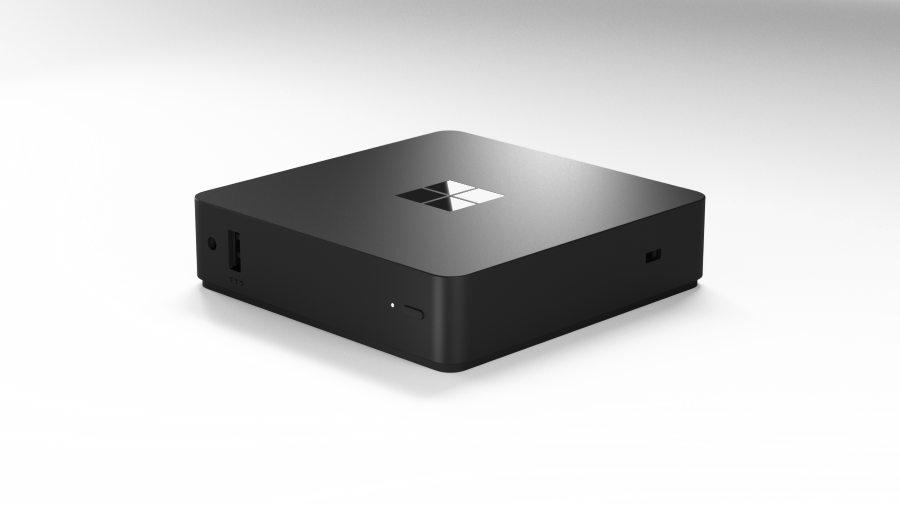Windows 365 Link
Microsoft has just unveiled a new hardware device with a singular purpose: running Windows 365. Dubbed Windows 365 Link, this thin client is designed to be the bridge between the cloud and physical workspaces, offering a seamless experience for organizations embracing cloud PCs. Unlike traditional endpoints, this device doesn’t rely on local processing power but instead acts as a dedicated access point for Windows 365, shifting computing workloads entirely to Microsoft’s cloud infrastructure.
At first glance, the device might seem like a step back to the days of thin clients, but Windows 365 Link represents something more. By integrating deeply with Windows 365, it ensures a fast, secure, and reliable connection to cloud-based desktops. This approach significantly reduces hardware requirements, making endpoint management easier while also enhancing security. Since everything runs in the cloud, organizations no longer need to worry about local data storage, and updates are centralized, reducing the burden on IT teams.
What makes Windows 365 Link stand out is its ability to deliver a near-instant transition between devices. Users can start working on one device and seamlessly pick up where they left off on another, mirroring the experience of using a local PC but with the added resilience of cloud computing. The integration with Microsoft’s Zero Trust security model ensures that data remains protected, even if the physical device is lost or stolen.
Benefits of Using Windows 365 Link
Adopting Windows 365 Link offers several advantages for businesses looking to modernize their IT infrastructure. One of the primary benefits is reduced hardware dependency. Since computing workloads are handled in the cloud, there is no need for expensive high-performance local devices, which translates to cost savings on hardware procurement and maintenance.
Security is another major advantage. With everything running in the cloud, sensitive data is never stored locally, minimizing the risk of data breaches if the device is lost or stolen. Additionally, updates and patches are managed centrally, ensuring all endpoints remain secure without requiring hands-on maintenance from IT teams.
The device also enhances productivity by offering a seamless, consistent experience across different locations. Employees can switch between devices effortlessly, maintaining their workflows without interruptions. This is particularly beneficial for hybrid work environments where users move between home, office, and other remote locations.
From an IT management perspective, Windows 365 Link simplifies device provisioning and maintenance. Deployment is straightforward, with minimal configuration needed, reducing the workload for IT administrators. This streamlined approach enables businesses to scale more easily and onboard employees faster without the usual endpoint complexities.

The Future of Cloud-Based Computing
This device is aimed at businesses that want to simplify endpoint management while providing employees with a flexible and scalable computing environment. With hybrid work now a permanent fixture in most organizations, solutions like Windows 365 Link help streamline IT operations, reduce hardware costs, and offer a consistent Windows experience regardless of where users are located.
While it’s still early days for dedicated Windows 365 hardware, the introduction of Windows 365 Link signals Microsoft’s commitment to a future where the cloud takes center stage. As more organizations embrace cloud PCs, this could be the first step in redefining how we think about computing devices in the workplace.
